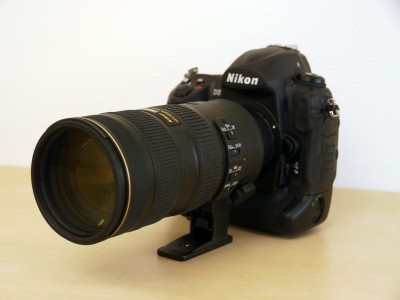Try out the power of SanDisk's compact flash "Extreme Pro" capable of transferring 90 MB per second with Nikon "D 3 S" continuous shooting

The faster the transfer rate from the digital camera to the SD memory card or CompactFlash, the better it will be saved when shooting consecutive shots, especially among those achieving ultra-high speed transfer of 90 MB per secondSanDisk's "Extreme Pro"is. Although digital cameras that can draw out skills are limited, it is the selected digital cameraI just borrowed Nikon "D3S"So I decided to try it with continuous shooting how fast "Extreme Pro" is compared with the previous generation "Extreme" or "Ultra".
Details are as below.
SanDisk's compact flash 3 types of 9 items are sliding.
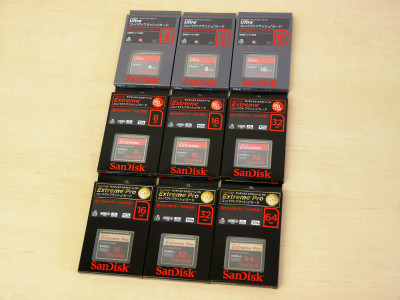
It is the 64GB compact flash which boasts the largest capacity among the latest product "Extreme Pro".
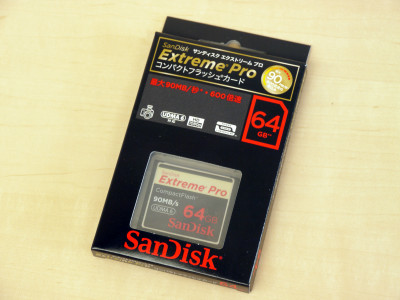
This time we will do with the same size (16 GB) so as not to affect the conditions such as capacity difference.
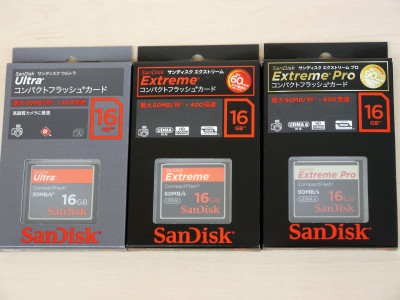
The transfer rate is 30 MB / sUltra
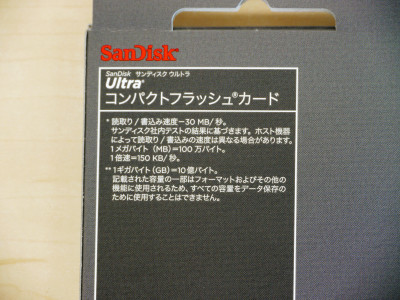
The transfer rate is 60 MB / sExtreme
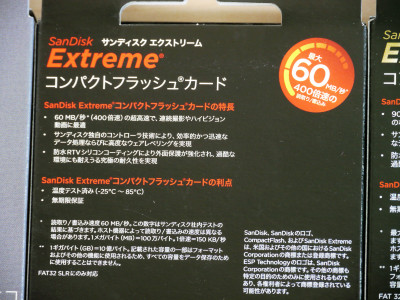
The transfer rate is 90 MB / sExtreme Pro
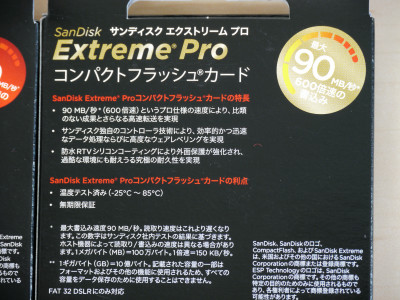
The "D3S" memory card insertion point is inside the right hand grip part.
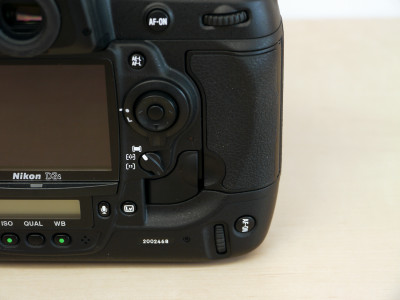
First, open the lock button cover on the left side.
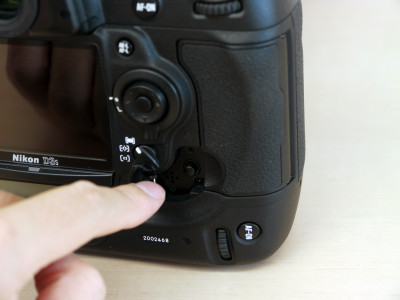
Then the lock button comes out, so when you press it the memory card cover opens.

Since it is possible to insert two cards, it is also possible to use a 64 GB compact flash to keep shooting movies endlessly. This time it is simply comparison of transfer speed, so it is a one-page insertion.
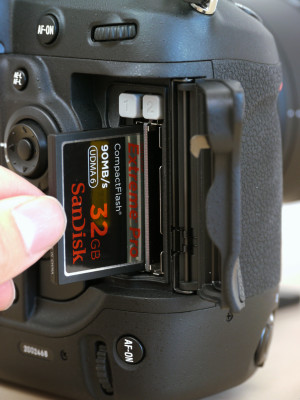
There is a release mode dial in the upper left part of the main unit. The default is S (1 frame shooting mode).
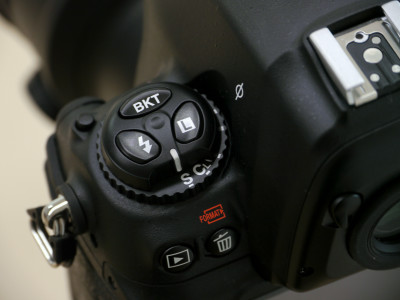
Turn this to switch to CH (high-speed continuous shooting).
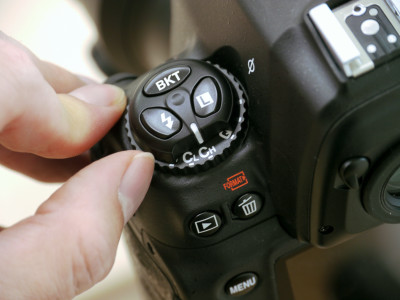
The subject is a slightly remote clock.
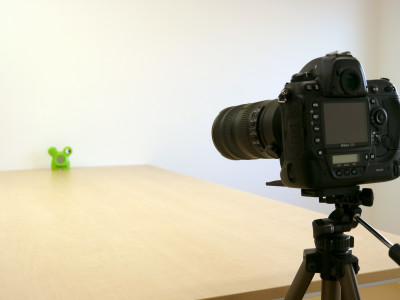
First of all, I tried sequential shooting with "FINE" (highest quality JPEG). This is Ultra.
Next is Extreme's challenge.
The last is Extreme Pro.
I'm afraid I'm getting gradually faster but I can hardly understand it because it is a 1 second level difference. So, I made a series of shots with "RAW + FINE" (RAW + JPEG highest image quality) which will make a big difference.
First off from Ultra. It is definitely getting late.
Then Extreme. It is faster than Ultra, but it feels like similar.
Finally Extreme Pro. "Oh, it certainly is early" can be realized.
By the way, it is also possible to store separately in a compact flash with two RAW and JPEG inserted, so if you insert 2 Extreme Pro you no longer have enemies. There is not a situation that you have to keep pushing the shutter and you need to take a continuous shot all the time, but in case of emergency it will depend on Extreme Pro's ultra high-speed transfer. Simply, it can be said that a huge movie can be moved as soon as solely by transferring it to a PC, so it seems that people with more frequent shooting seem to be more helpful.
· Next article
I compare how much the shutter sound changes in the 1 frame shooting mode and the silent shooting mode of Nikon "D3S"
I tried shooting the night view with no tripod by making use of the high sensitivity shooting mode of Nikon "D3S" or equivalent to ISO 102400
Related Posts:


